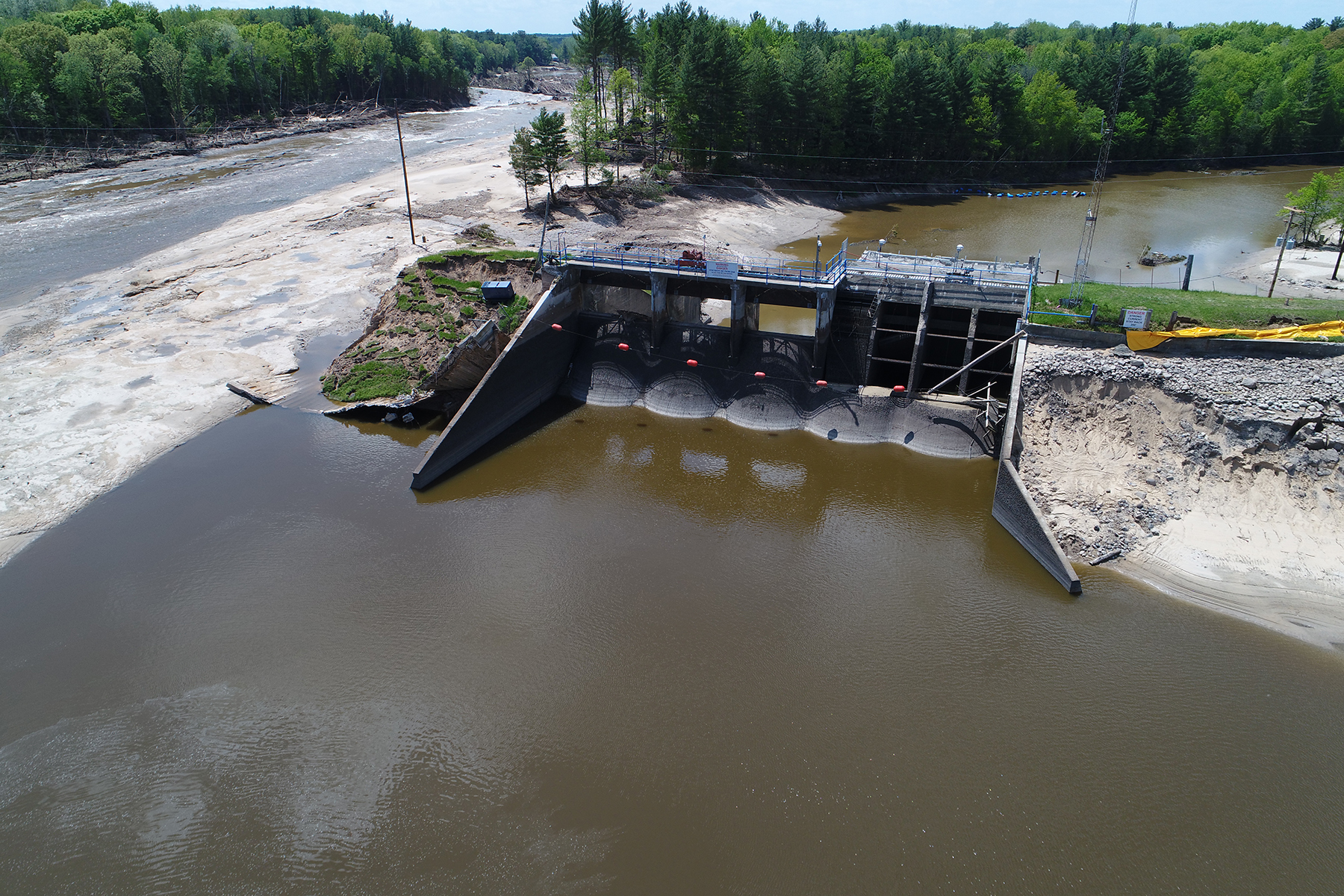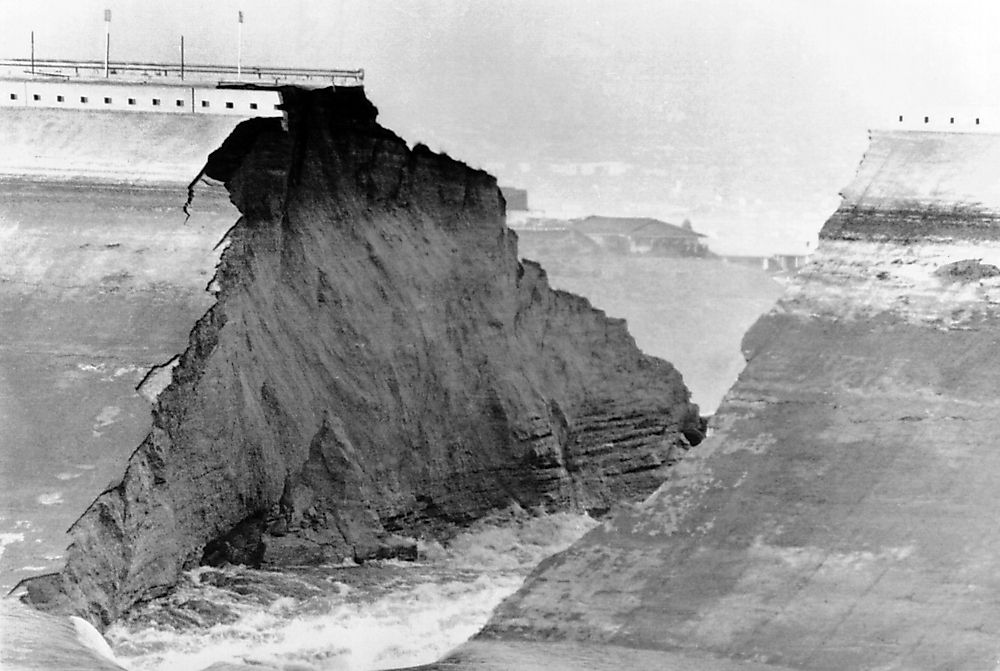Dam Failure Causes and Impacts

Dam failures, while rare, can have catastrophic consequences. Understanding the causes and impacts of dam failures is crucial for preventing and mitigating these disasters.
Dam failures, often tragic and destructive, remind us of the immense forces at play when water is impounded. The Mankato Dam failure in 1998, for instance, released a torrent of water that devastated the surrounding area. Such events highlight the need for careful design, construction, and maintenance of these vital structures to safeguard both human lives and the environment.
Causes of Dam Failures
- Design Flaws: Inadequate engineering design or faulty materials can lead to structural weaknesses.
- Construction Errors: Poor construction practices, such as improper compaction or substandard materials, can compromise dam integrity.
- Natural Disasters: Earthquakes, floods, and landslides can overwhelm dams, causing catastrophic breaches.
- Operational Errors: Improper operation, maintenance, or monitoring can contribute to dam failures.
- Aging Infrastructure: Deterioration over time can weaken dams, increasing the risk of failure.
Impacts of Dam Failures
- Flooding: Sudden dam breaches can release massive amounts of water, causing devastating floods downstream.
- Infrastructure Damage: Floods from dam failures can destroy bridges, roads, buildings, and other infrastructure.
- Loss of Life: Dam failures can result in tragic loss of life due to drowning, structural collapse, or infrastructure damage.
- Environmental Impacts: Dam failures can disrupt ecosystems, alter water quality, and displace wildlife.
- Economic Losses: The destruction caused by dam failures can lead to significant economic losses, including property damage, business disruption, and agricultural losses.
Case Studies
Notable dam failures include:
- Banqiao Dam (China, 1975): A massive flood caused by a typhoon led to the collapse of 62 dams, resulting in over 26,000 deaths.
- Teton Dam (USA, 1976): Design flaws and construction errors caused the dam to fail, killing 11 people and causing extensive damage.
- Sayano-Shushenskaya Dam (Russia, 2009): An explosion and fire caused the collapse of a turbine hall, leading to 75 deaths and significant damage to the dam.
These case studies underscore the importance of proper design, construction, operation, and maintenance of dams to prevent catastrophic failures.
The consequences of dam failure can be catastrophic, affecting entire ecosystems and communities. In Blue Earth County , for instance, the Le Sueur River dam failure in 2019 caused significant flooding, damaging infrastructure and displacing residents. Such events highlight the urgent need for comprehensive dam safety measures to prevent and mitigate the devastating impacts of dam failure.
Dam Failure Prevention and Mitigation

Preventing dam failures requires a comprehensive approach involving proper design, construction, maintenance, and monitoring. By implementing these measures, the risks of catastrophic failures can be significantly reduced, safeguarding communities and the environment.
Proper Design and Construction
- Geotechnical Investigations: Thorough studies of the dam site’s geology and soil conditions are crucial to ensure the stability of the foundation and prevent seepage.
- Structural Design: Engineers must carefully design the dam’s shape, size, and materials to withstand the forces of water pressure, earthquakes, and other potential hazards.
- Construction Quality: Strict adherence to construction specifications and quality control measures ensures the dam is built to the highest standards.
Monitoring and Early Warning Systems
Monitoring the dam’s performance is essential for detecting any signs of distress or potential failure. Advanced systems include:
- Instrumentation: Sensors and gauges monitor water levels, seepage, dam movement, and other critical parameters.
- Remote Monitoring: Real-time data transmission allows engineers to monitor the dam’s condition remotely.
- Early Warning Systems: Triggered by abnormal readings, these systems alert authorities and initiate emergency response protocols.
Emergency Response Plans and Evacuation Procedures
In the event of a dam failure, well-prepared emergency plans and evacuation procedures are vital for minimizing loss of life. These include:
- Evacuation Routes: Designated routes and evacuation points are established to guide residents to safety.
- Public Education: Communities must be aware of the potential risks and evacuation procedures.
- Coordination with Authorities: Emergency response teams, including law enforcement, fire departments, and medical personnel, must be coordinated to respond effectively.
Dam Failure Risk Assessment and Management
The evaluation of the potential for dam failures and their consequences is critical for ensuring the safety of dams and the communities they serve. Dam failure risk assessment and management involve a comprehensive process of identifying, analyzing, and mitigating risks associated with dam failures.
Probabilistic and Deterministic Approaches
Two primary approaches are used in dam failure risk assessment: probabilistic and deterministic.
- Probabilistic approaches: These methods utilize statistical analysis and historical data to estimate the likelihood of dam failure and its potential consequences. They involve calculating the probability of occurrence of various failure scenarios and their associated impacts.
- Deterministic approaches: These methods evaluate dam failure risks based on specific design parameters and known or assumed conditions. They involve analyzing the dam’s structural integrity, potential loading conditions, and the consequences of a failure under these conditions.
Criteria and Standards for Acceptable Risk Levels
Determining acceptable risk levels for dams is crucial for risk management. These criteria are established based on factors such as the potential loss of life, environmental impacts, economic consequences, and social disruption.
Standards and guidelines are developed by regulatory agencies and professional organizations to provide guidance on acceptable risk levels. These standards consider the consequences of dam failure, the likelihood of occurrence, and the effectiveness of risk mitigation measures.
Challenges and Uncertainties, Dam failure
Dam failure risk management involves significant challenges and uncertainties.
- Data limitations: Historical data on dam failures may be limited, especially for rare or extreme events. This can make it difficult to accurately estimate the probability of failure.
- Modeling uncertainties: Risk assessment models are simplifications of complex systems. Uncertainties in model parameters, assumptions, and input data can affect the accuracy of risk estimates.
- Climate change impacts: Climate change can alter the frequency and intensity of extreme events, such as floods and earthquakes, which can affect dam safety.
Despite these challenges, dam failure risk assessment and management are essential for ensuring the safety of dams and mitigating the potential consequences of dam failures.
The catastrophic consequences of dam failure reverberate through communities, leaving behind scars that echo long after the initial disaster. In the aftermath, survivors often seek solace in the ethereal realm of keyc live , where music becomes a balm for their shattered spirits.
Yet, as the wounds heal, the memory of the dam failure remains etched in their hearts, a constant reminder of the fragility of human endeavors in the face of nature’s wrath.
Dam failures, a stark reminder of the destructive forces that nature can unleash, have left an indelible mark on history. The tragic events in Minnesota, detailed in dam failure minnesota , serve as a poignant illustration of the catastrophic consequences that can arise when these structures succumb to the relentless forces of nature.
The impact of dam failures extends far beyond the immediate loss of life and property, leaving lasting scars on communities and ecosystems alike, a somber testament to the fragility of our engineered world in the face of nature’s wrath.
Dam failures, a harrowing reality, can unleash catastrophic consequences. Take the Rapidan Dam in Minnesota , a testament to the devastating power of such events. Its collapse in 1979, triggered by torrential rainfall, sent a wall of water crashing through the countryside, leaving behind a trail of destruction.
Dam failures serve as a grim reminder of the importance of vigilant monitoring and maintenance to safeguard communities from the perils of water’s unbridled force.